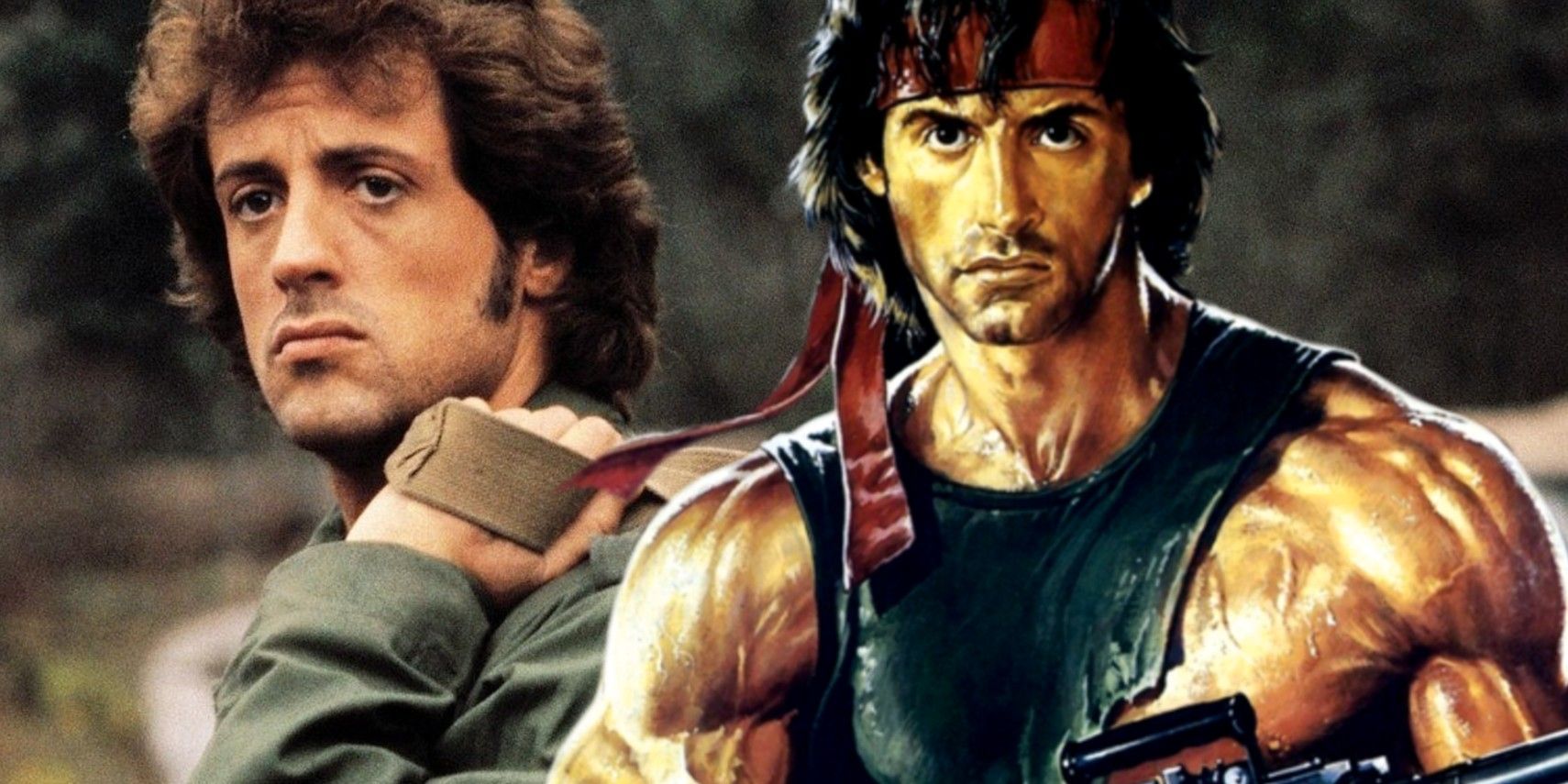
The Rambo franchise has a strange and interesting history. When it began with First Blood, it was a grim drama about a Vietnam War veteran’s suffering. However, from Rambo: First Blood Part II onwards, Rambo morphed into the warmongering icon that audiences know and love.
While certainly entertaining and iconic, the sequels undid almost everything that Rambo’s feature film debut accomplished. For all the fun and nostalgia that John Rambo’s sequels embody, they undoubtedly ruined some things that Sylvester Stallone’s classic war movie stood for.
10 Everything About Rambo: The Force Of Freedom
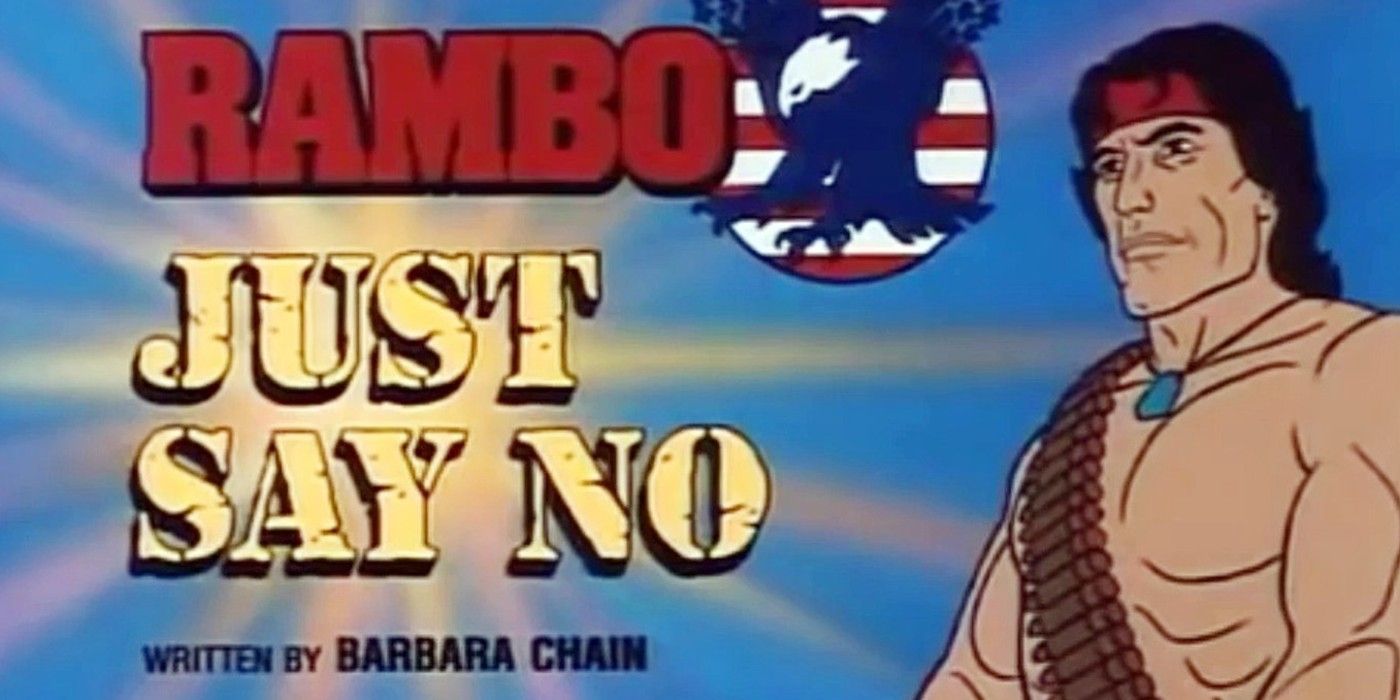
Rambo was a victim of his own popularity, which led to the baffling Saturday morning cartoon Rambo: The Force of Freedom. Styled after G.I. Joe: A Real American Hero and aired after First Blood Part II, this cartoon had Rambo and Col. Trautman leading a paramilitary force of scrappy heroes in the fight against General Warhawk’s evil forces of S.A.V.A.G.E.
By virtue of being a kids’ show, The Force Of Freedom was a child-friendly depiction of armed conflict that came with a toy line. Rambo dispatched bad guys using non-lethal techniques, nobody died, and a moral lesson was preached at least once per episode. The Force Of Freedom is everything that First Blood is not, but it’s still entertainingly bad and cheesy.
9 Rambo’s Enemies Became Caricatures
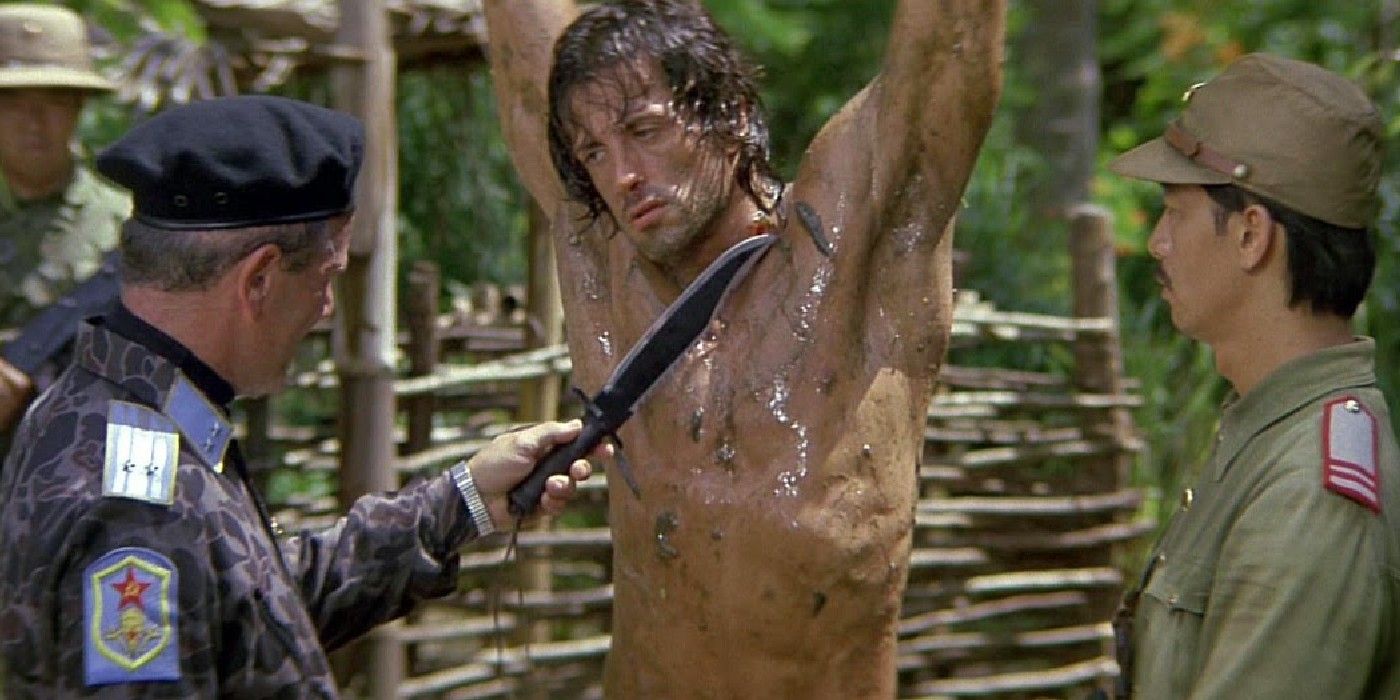
While they’re not the most likable people around, Teasle and his posse aren’t disposable bad guys. Teasle (hinted to be a bitter Korean War veteran) is a power-drunk lawman whose comeuppance came through Rambo. In some overt ways, First Blood could be read as a jab against corruption in law enforcement that’s more rampant than anyone would admit.
Rambo’s next enemies lack this humanity and nuance since they’re simplistic caricatures of crime and evil whose bloody deaths audiences could enjoy without feeling an ounce of guilt. For example, the next two Rambo movies had cartoonishly evil soldiers, John Rambo’s Major Tint is a one-dimensional monster, and Last Blood had a generic drug cartel.
8 Rambo 2 Turned Rambo Into A Memetic One-Man Army
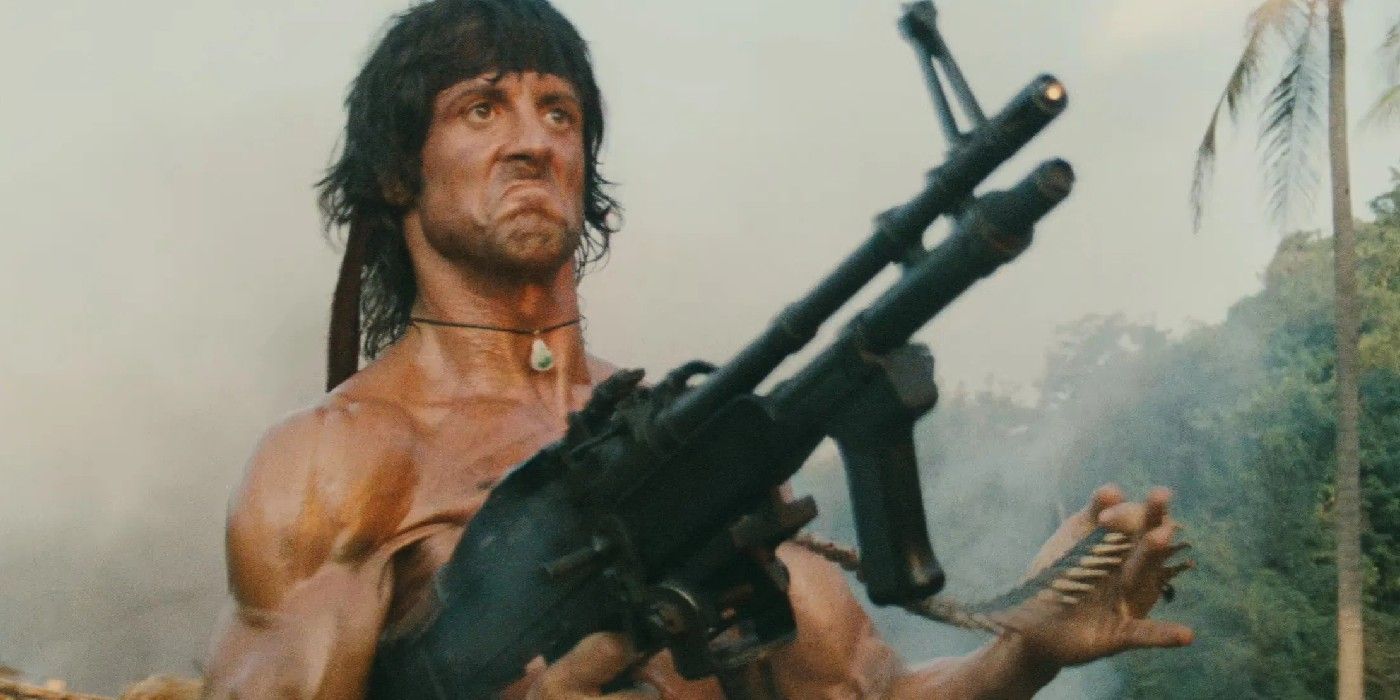
In First Blood, Rambo was on equal footing with his pursuers. Even if he was an ex-Green Beret and an expert in all forms of combat, Rambo was still overwhelmed by some small-town cops. This gave the movie tension and stakes since even Rambo could lose to otherwise unremarkably normal people with guns.
Rambo: First Blood Part II, meanwhile, had such a jarring tonal shift that it’s hard to believe it’s a sequel to a grounded thriller. Here, Rambo became an unstoppable force of nature who killed entire battalions, endured all torture, and thrived on war. This carried over to the next movies and pop culture, where Rambo went from efficient survivalist to a boy’s M60-wielding power fantasy.
7 The Sequels Became A Celebration Of Violence
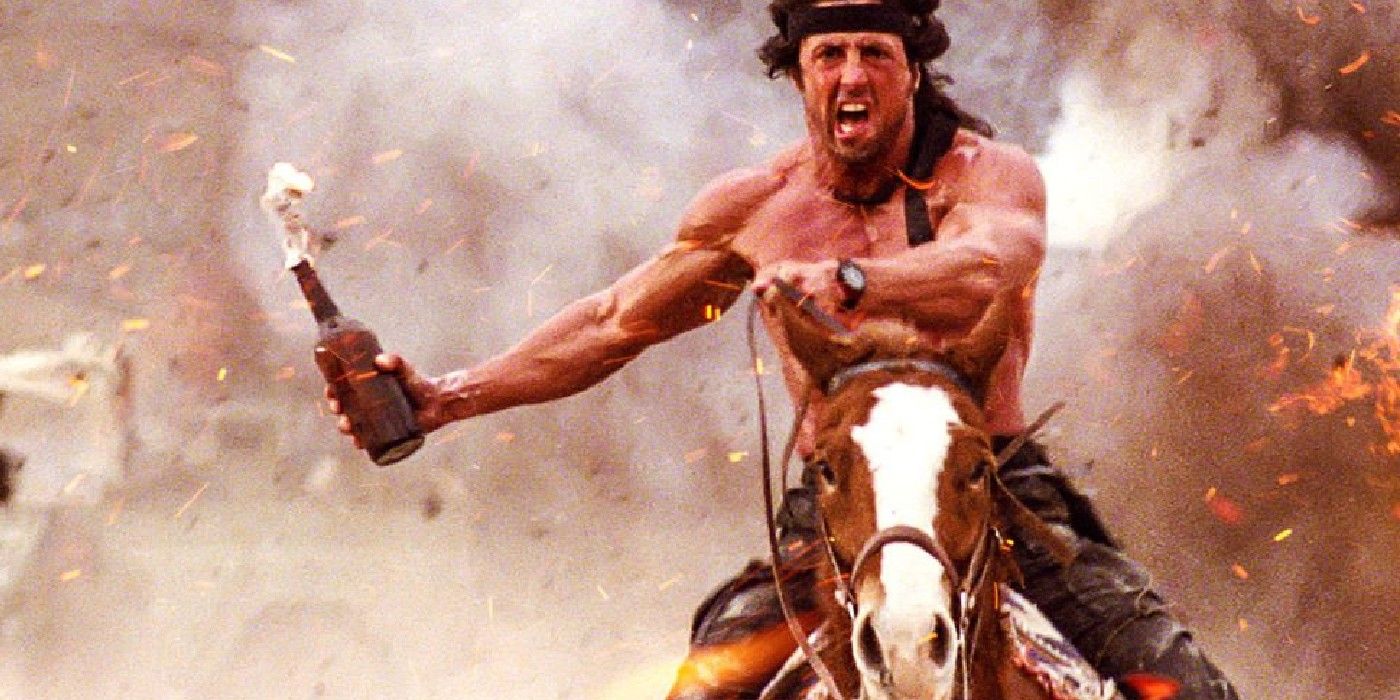
Despite it being a movie about a Vietnam War veteran’s vengeful warpath, First Blood is a rejection of violence. Sheriff Teasle and his men took sadistic pleasure in torturing a defenseless Rambo, and he responded in force. Even then, Rambo tried not to kill anyone, with his one kill being an accident. Cool as it may have looked, all this caused was chaos and destruction.
In the sequels, Rambo made some excuses about not wanting to kill but in the end, he’s justified for returning to the way of the gun. The sequels not only lionized Rambo’s relapses but showed it in a badass fashion. Unlike the blunt brutality of First Blood, the sequels depicted Rambo’s massacres as spectacle in ways that contradict the original’s themes.
6 Rambo 2 Valorized The Vietnam War
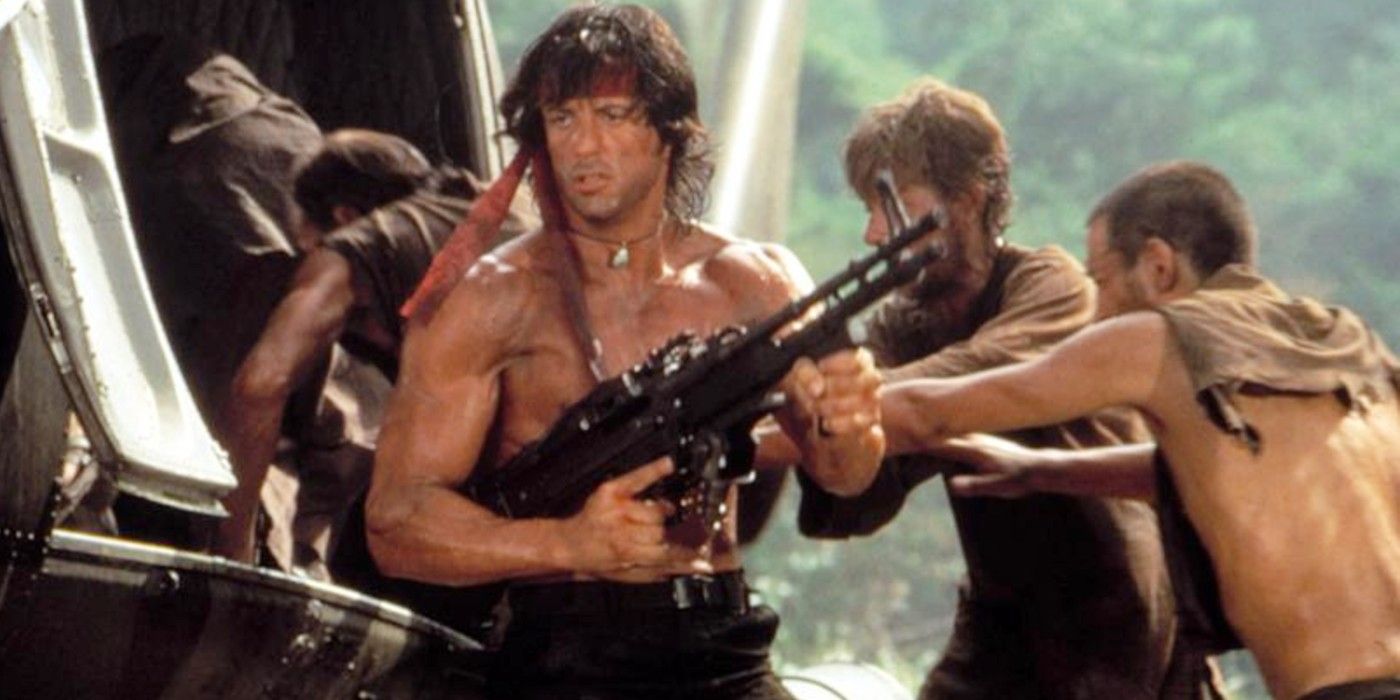
First Blood Part II is infamous for painting the Vietnam War positively, essentially saying that the U.S. had nothing to be ashamed of. By returning to Vietnam to prove true the long-debunked theory about stranded American prisoners of war and kill communists en masse, Rambo cinematically avenged America’s wounded pride.
This couldn’t be more removed from First Blood’s and today’s understanding of the Vietnam War (and war in general). Then and now, it was akin to an abstract destructive force that only left victims in its wake, not heroes and villains. Meanwhile, First Blood Part II simplified it to an insulting degree, showing the war as a binary clash between good and evil.
5 The Sequels Featured Offensive Stereotypes
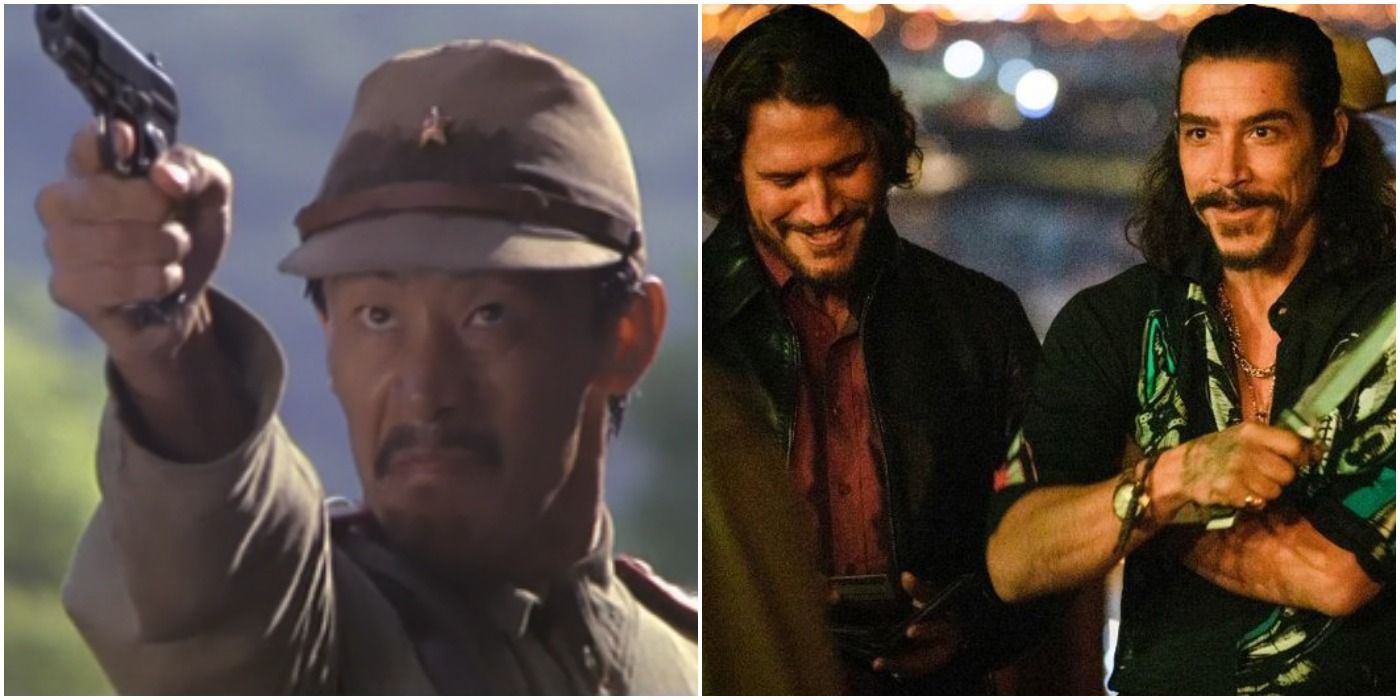
One of First Blood’s biggest strengths was that it was populated by layered human characters. Rambo was a tortured army veteran, Teasle and his men were bullies with fatal insecurities, and so on. The same can’t be said for the sequels, which turned Rambo into a one-dimensional farce who exclusively fought broad national stereotypes.
The least offensive case was the Russians, who were clichéd killers at worst. The worst instances came in First Blood Part II and Last Blood. Here, Rambo fought offensively stereotypical Vietnamese and Mexican villains, respectively. The few sympathetic foreigners (ex. Co Bao in First Blood Part II) were subject to exoticism, while everyone else was demonized and shot in the face.
4 The Sequels Sided With Controversial Figures
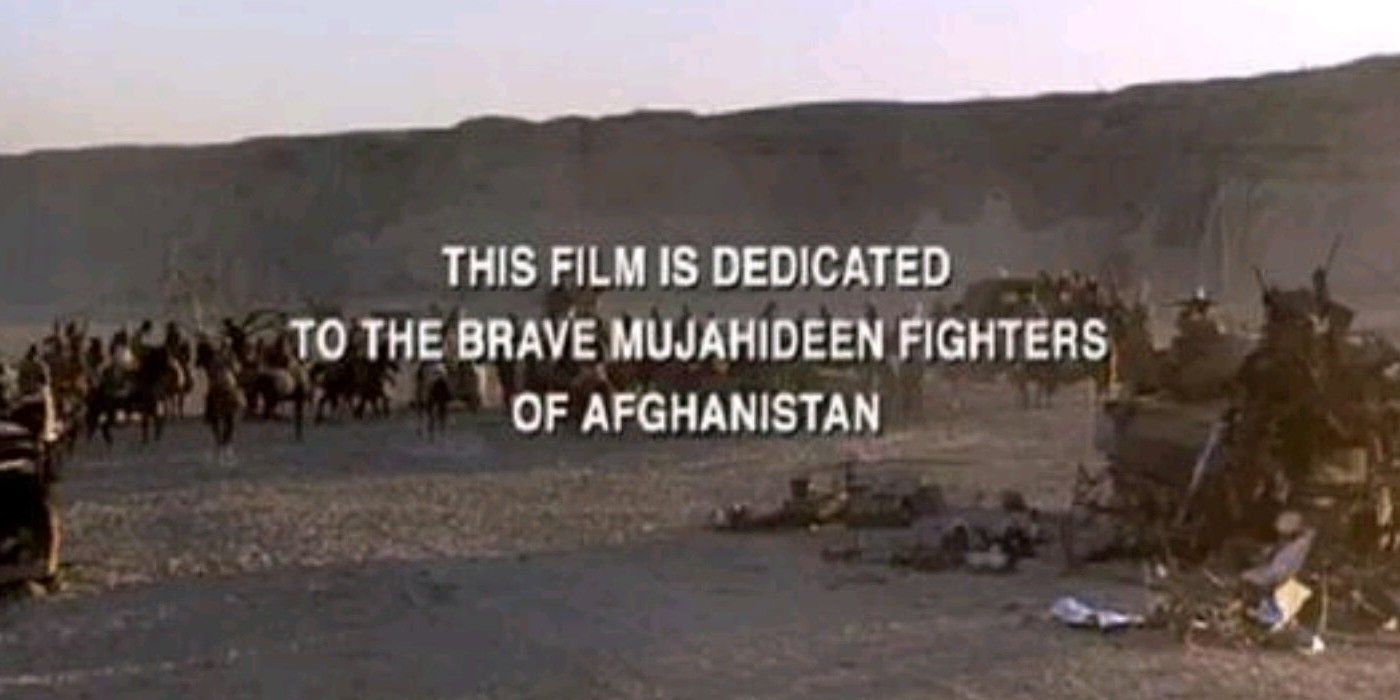
To be topical, the sequels featured Rambo fighting those deemed by headlines to be the bad guys while allying himself with the designated heroes. As a result, the movies portrayed certain militants heroically before they became controversial figures. In their defense, the filmmakers could never have predicted these turns for the worse, but the franchise aged terribly and suffered in hindsight.
For example, Rambo III was dedicated to the Mujahideen before their involvement in the September 11 terror attacks. More recently, John Rambo sided with anti-junta Myanmar sentiments before the reformists were accused of committing atrocities worse than the junta’s. Meanwhile, First Blood Part II and Last Blood aligned politically with far-right reactionaries and ideologies. First Blood never had this problem since it was set in the U.S. and dealt with homegrown angst.
3 Rambo Lost His Humanity & Vulnerability
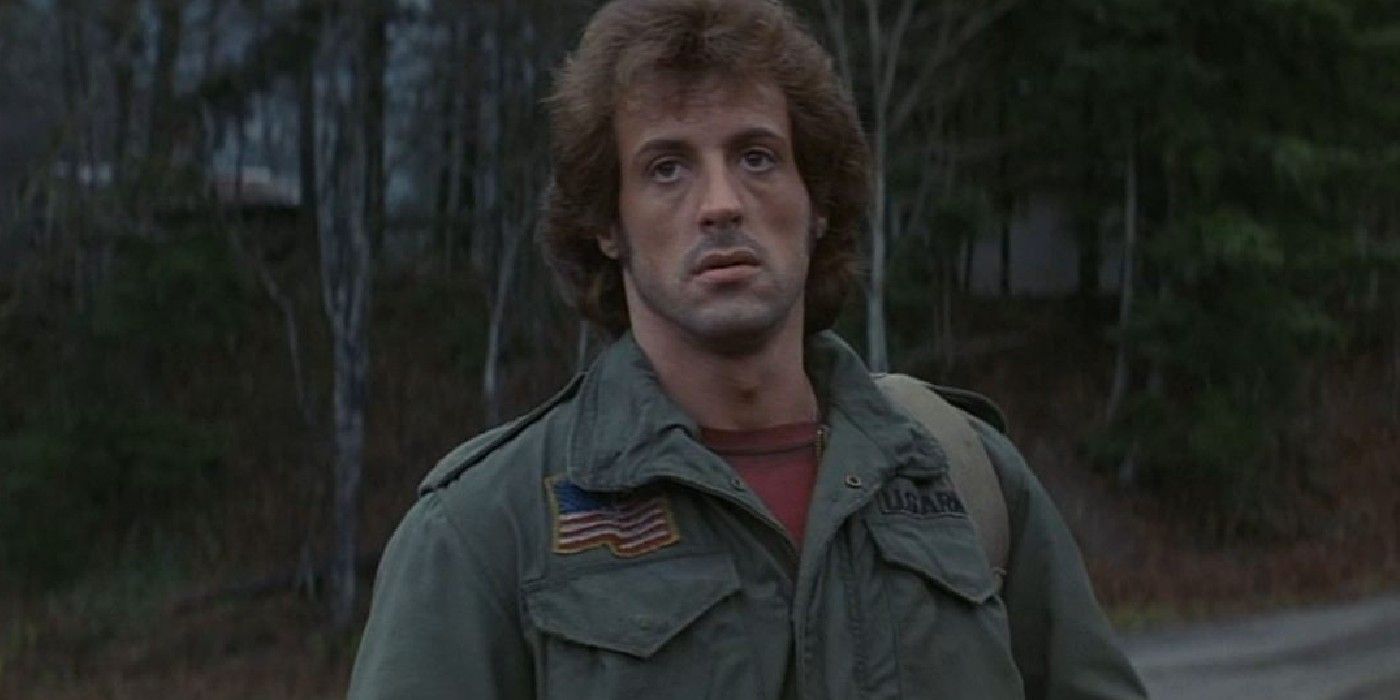
Along with The Terminator or John McClane, Rambo set the template for what would become the modern action hero. He’s a stoic man of action who gets caught in the wrong place and time, but he’s prepared to dispense bloody justice on America’s enemies. While strains of these were present in First Blood, the sequels ramped them up to ridiculous degrees.
To turn Rambo into the embodiment of masculinity and patriotism, the sequels either toned down or excised his humanity and vulnerability. Gone was the Rambo who broke down in tears when remembering his beloved brothers in arms. Now, he was a stone-cold avatar of vengeance who memorialized the fallen through brutal murder and explosions.
2 Col. Trautman Never Got Any Closure
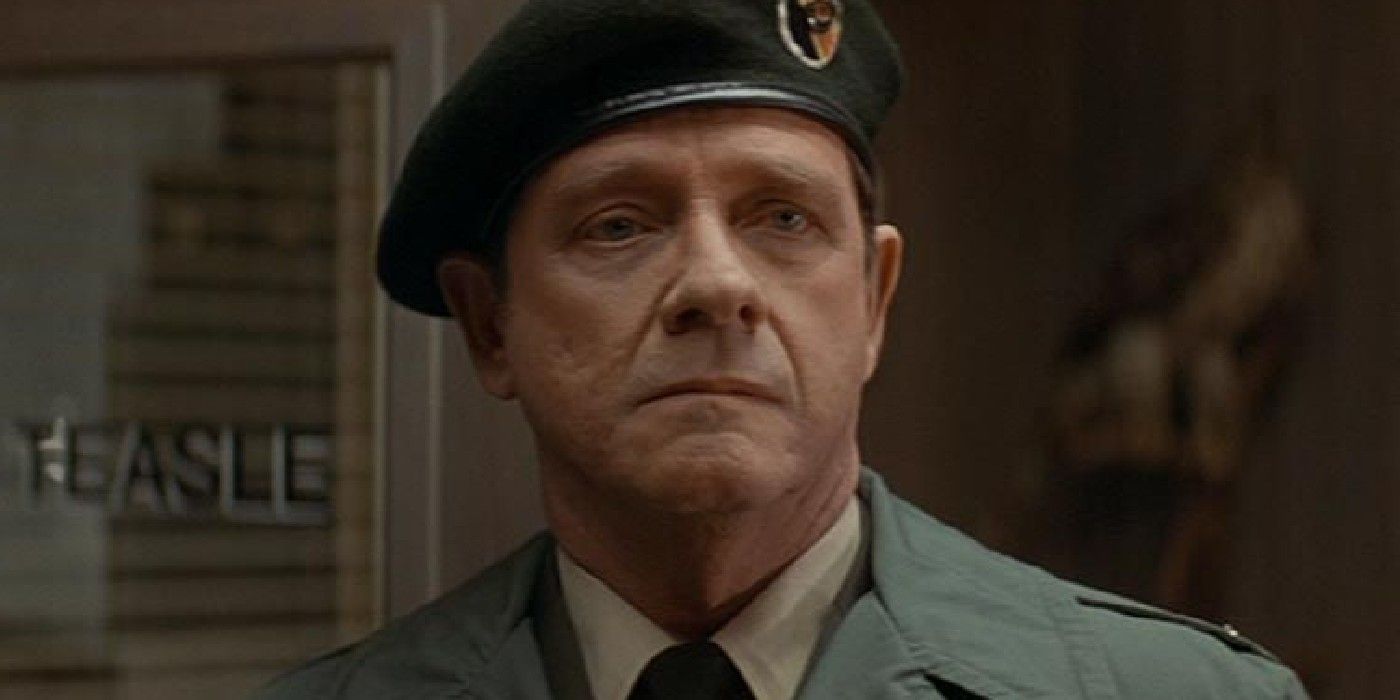
Col. Samuel Trautman was Rambo’s mentor and father figure, and he was the heart of First Blood. Arriving just in time to save Teasle’s men from Rambo’s warpath, Trautman did what he could to get Rambo out peacefully. If First Blood was left as is, Trautman’s redemption arc of saving the man he inadvertently doomed to be a shell-shocked soldier would’ve been complete.
Instead, he’s needlessly dragged back. First Blood Part II arguably does Trautman the most disservice, since it starts when he basically guilt trips a recovering Rambo to relive past traumas by sending him back to Vietnam. Richard Crenna’s death before John Rambo left Trautman in limbo, and he was killed off-screen without proper closure after his rescue in Rambo III.
1 Rambo Never Got His Peace
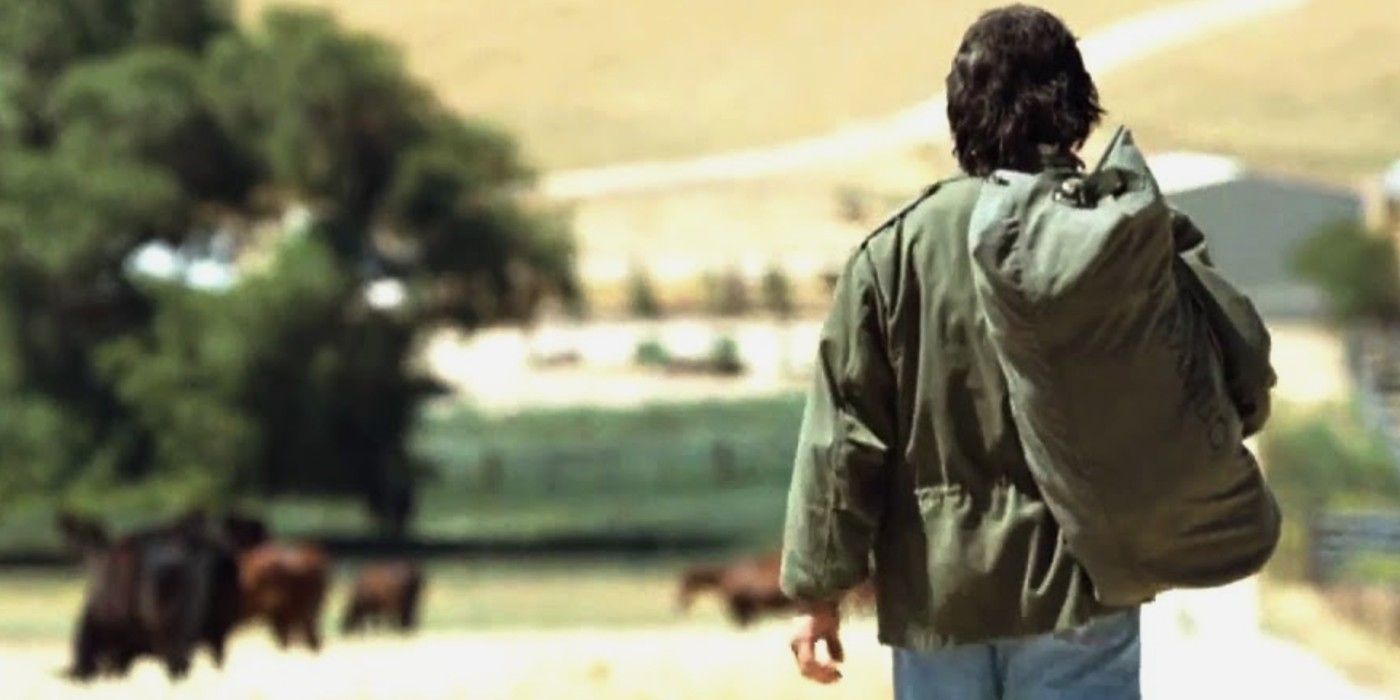
All Rambo wanted was peace. Unfortunately, he was forced to fight wherever he went. This constant denial and rejection pushed Rambo over the edge and were it not for Trautman, he would’ve fallen off for good. If it were a standalone movie, First Blood would’ve given Rambo his bittersweet peace when he, a soldier, finally came to terms with the futility of war.
Because of their mere existence, the sequels undid any sanctuary Rambo found. All of them start with Rambo chilling peacefully before he’s dragged back to war. By no fault of his, Rambo became a redundant character. What once was Rambo’s tragedy became routine, and his morose self-pitying and reflections about war following him everywhere became obligatory rather than heartbreaking.
0 Comments